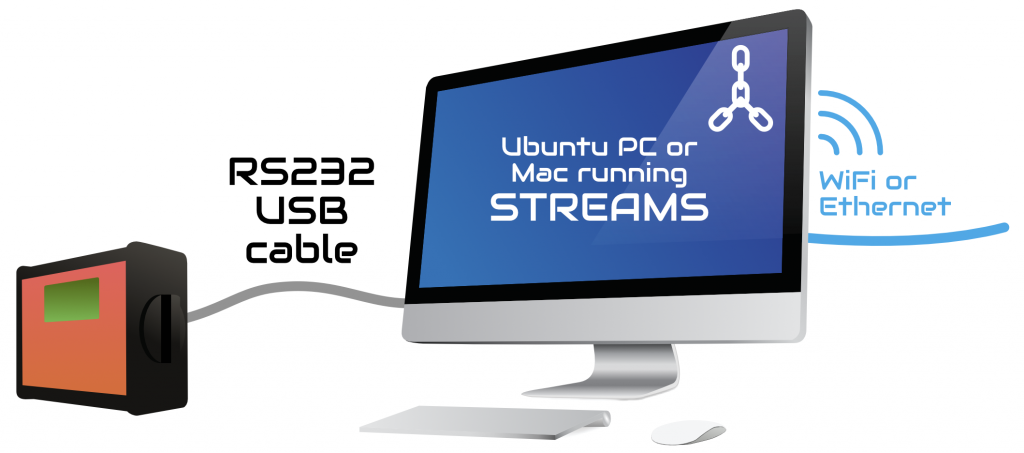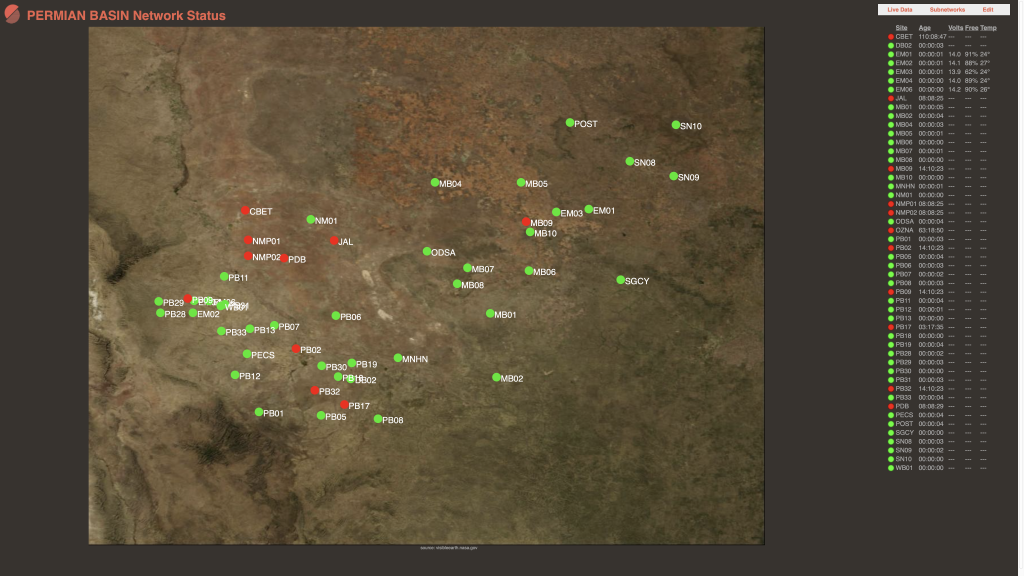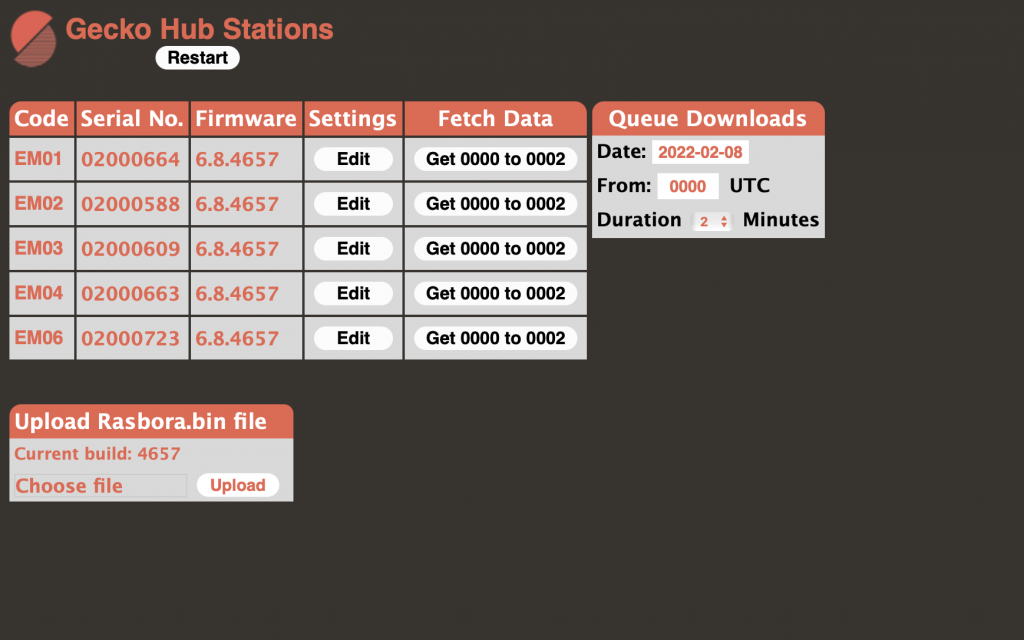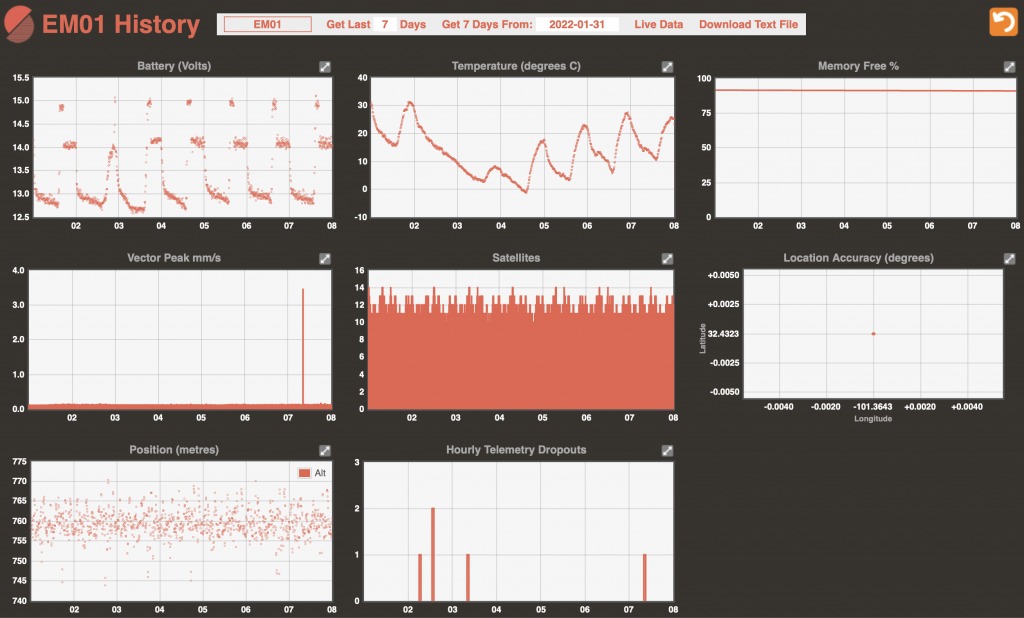What is SeedLink, and how can you share your seismograph data with the world using it?
SEED stands for the Standard for the Exchange of Earthquake Data, which was designed in the 1980s and is now a common format for seismic data. Most time-series data (waveforms) use the miniSEED subset of the SEED standard, which formats the data in 512-byte records for data streaming, but only limited information about the data is included. Dataless SEED files are the counterpart to miniSEED waveforms. They contain the metadata describing the data in detail, including where the data was recorded, the type of instruments used to record the data, and how to covert the data from raw numbers into ground motion or other units.
The SRC-designed Gecko seismograph stores data in miniSEED format continuously to its SD card, and can also push out these 512-byte packets over an RS232 serial link to other data reception systems. Each of these systems includes the option to share data via SeedLink.
SeedLink is a robust data transmission protocol designed to stream miniSEED packets over the Internet and other TCP/IP networks. A SeedLink Server is a source of data, which can be a single station, a network of stations, or a collection of networks or stations, with each station potentially sharing multiple channels of data.

If you want to have a SeedLink Server at your remote Gecko station, you can connect it to a Raspberry Pi computer that is loaded with our GeckoLink disk image. Data streamed from the Gecko is then available on the GeckoLink’s SeedLink Server, and is also stored on a USB drive connected to the Raspberry Pi. Contact us if you would like to download the GeckoLink disk image for your Raspberry Pi 4.

If you have a number of Gecko seismographs on a local network, each Gecko can stream data to a computer via an RS232-to-Ethernet/WiFi adaptor (or directly via USB cable) that is running our free Streams software application for on-screen realtime data display. The macOS and Ubuntu versions of Streams also include a SeedLink Server so that this network of Gecko data can be shared from a single server point.

The other option is to stream data from a Gecko to a cloud-hosted eqServer – an Ubuntu computer operating somewhere on the Internet that is installed with a number of tools including a SeedLink server for onward data distribution. You can do this over any Internet connection: WiFi, Ethernet, or even cellular or satellite data modems for remote stations. eqServer is managed using a web browser and provides additional features such as station health maps and graphs, automatic earthquake location and notification tools, and remote Gecko management web pages.



For more information, go to IRIS to learn about SeedLink and ringserver, the latter being the code that is running in Streams, GeckoLink and eqServer to provide the SeedLink Server.
